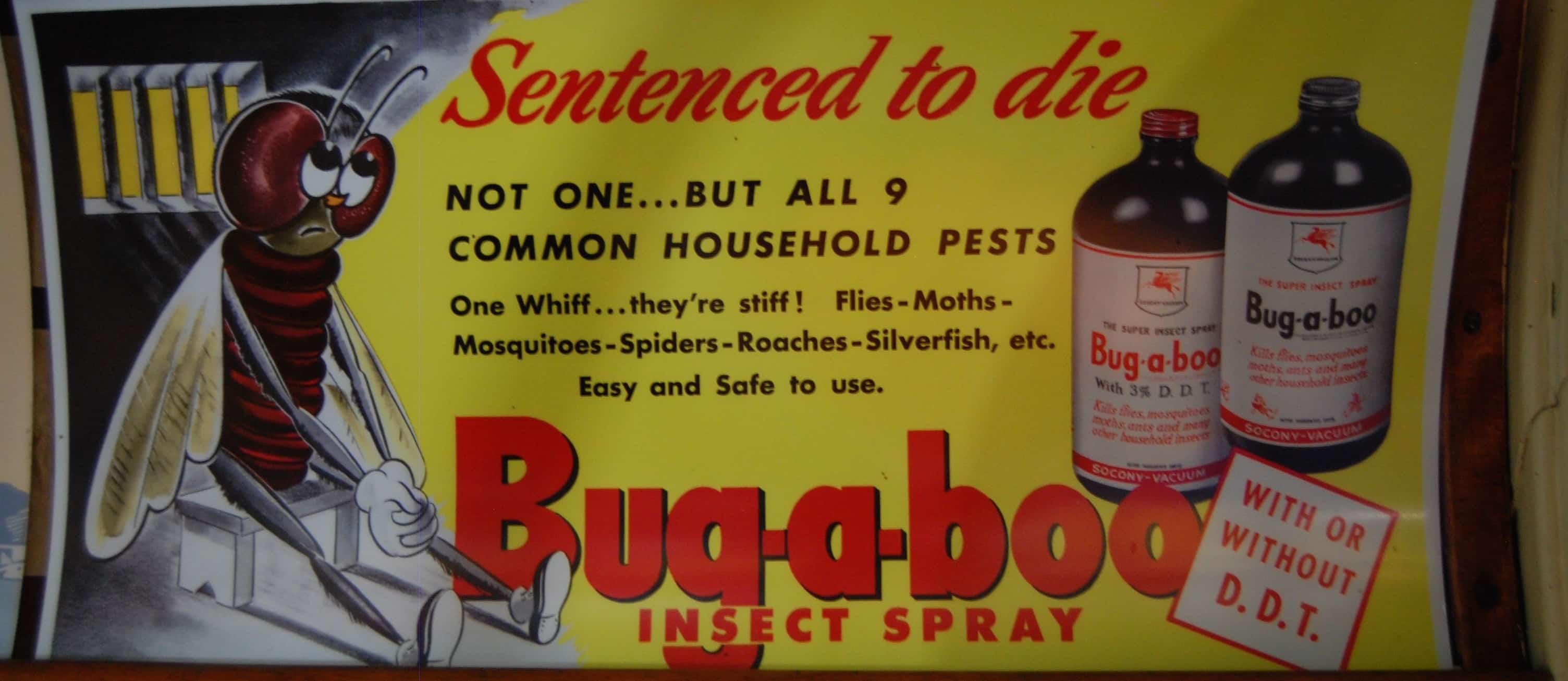In a study highlighted in my video, California Childen Are Contaminated, researchers analyzed the diets of California children ages two through seven to determine the cancer and non-cancer health effects from food contaminant exposures. It turns out food may be the primary route of exposure to toxic heavy metals, persistent pollutants, and pesticides. “Though food-borne toxic contaminants are a concern for all ages, they are of greatest concern for children, who are disproportionately impacted because they’re still developing and have greater intake of food and fluids relative to their weight. Pediatric problems that have been linked to preventable environmental toxin exposures include cancer, asthma, lead poisoning, neurobehavioral disorders, learning and developmental disabilities, and birth defects.”
The good news is that changing one’s diet can change one’s exposure. Quoting from the study, “A diet high in fish and animal products, for example, results in greater exposure to persistent pollutants like DDT and dioxins and heavy metals than does a plant-based diet because these compounds bioaccumulate up the food chain.” Plants are at the bottom of the food chain. The sample of California kids, however, was not eating a plant-based diet. Cancer benchmark levels were exceeded by all 364 children for arsenic, the banned pesticide dieldrin, a metabolite of DDT called DDE, and dioxins.
Children exceeded safety levels by a greater margin than adults. This is especially of concern for children because all of these compounds are suspected endocrine disruptors and thus may impact normal development. Cancer risk ratios were exceeded by over a factor of 100 for both arsenic and dioxins.
Which foods were the worst? For preschoolers, the number one food source of arsenic was poultry, though for their parents, it was tuna. The number one source of lead was dairy, and for mercury it was seafood. And the number one source of the banned pesticides and dioxins was dairy. (See Preventing Parkinson’s Disease With Diet.)
The researchers also recommended children should eat lower quantities of chips, cereal, crackers, and other crispy carbs to reduce acrylamide intake.
The California study didn’t split up the groups by gender, but a similar study in Europe found that men had higher levels of some of these pollutants than women. For example, levels of the banned pesticide chlordane were higher in men, but women who never breastfed were right up there alongside men, with the lowest levels found in women who breastfed over 12 months. Therefore, it is likely that the lactation-related reduction in blood pollutant levels partly explains the lower body burdens among women compared with men. So cows can lower their levels by giving some to us, then we can pass it along to our children.
What non-cancer effects might some of these pollutants have? They can affect our immune system. Studies clearly demonstrate the “ability of dioxins and related compounds to have a long-lasting and deleterious impact on immune function.” This manifests as increased incidences of respiratory infections, ear infections, cough, and sore throat. At first, most of the data was for during infancy, but now we have follow-up studies showing that the immunosuppressive effects of these toxins may persist into early childhood, so we should try to reduce our exposure as much as possible. Because these pollutants accumulate in animal fat, consuming a plant-based diet–decreasing meat, dairy, and fish consumption–may reduce exposure for children and adults alike.
These findings should come as no surprise to those who saw my video Pollutants in California Breast Tissue. For an overview see CDC Report on Environmental Chemical Exposure and President’s Cancer Panel Report on Environmental Risk.
Pollutant exposure may affect the ability to have children in the first place (Male Fertility and Diet). Such a delay, though, may allow one an opportunity to reduce one’s toxic burden through dietary change (Hair Testing for Mercury Before Considering Pregnancy and How Long to Detox From Fish Before Pregnancy?).
During pregnancy, pollutants can be transferred directly (DDT in Umbilical Cord Blood), and after pregnancy through breastfeeding (The Wrong Way to Detox). Once our kids are contaminated, How Fast Can Children Detoxify from PCBs? The chemicals have implications for older children too: Protein, Puberty, and Pollutants.
Seafood is not the only source of toxic heavy metals. See:
- Get the Lead Out
- Filled Full of Lead
- Heavy Metals In Protein Powder Supplements
- Some Ayurvedic Medicine Worse Than Lead Paint Exposure
Videos on primary food sources of other industrial pollutants include:
- Food Sources of PCB Chemical Pollutants
- Food Sources of Flame Retardant Chemicals
- Food Sources of Perfluorochemicals
There are some things we can eat, though, to counteract some of the toxins:
- Plants vs. Pesticides
- Eating Green to Prevent Cancer
- Counteracting the Effects of Dioxins Through Diet
-Michael Greger, M.D.
PS: If you haven’t yet, you can subscribe to my videos for free by clicking here and watch my full 2012 – 2015 presentations Uprooting the Leading Causes of Death, More than an Apple a Day, From Table to Able, and Food as Medicine.
